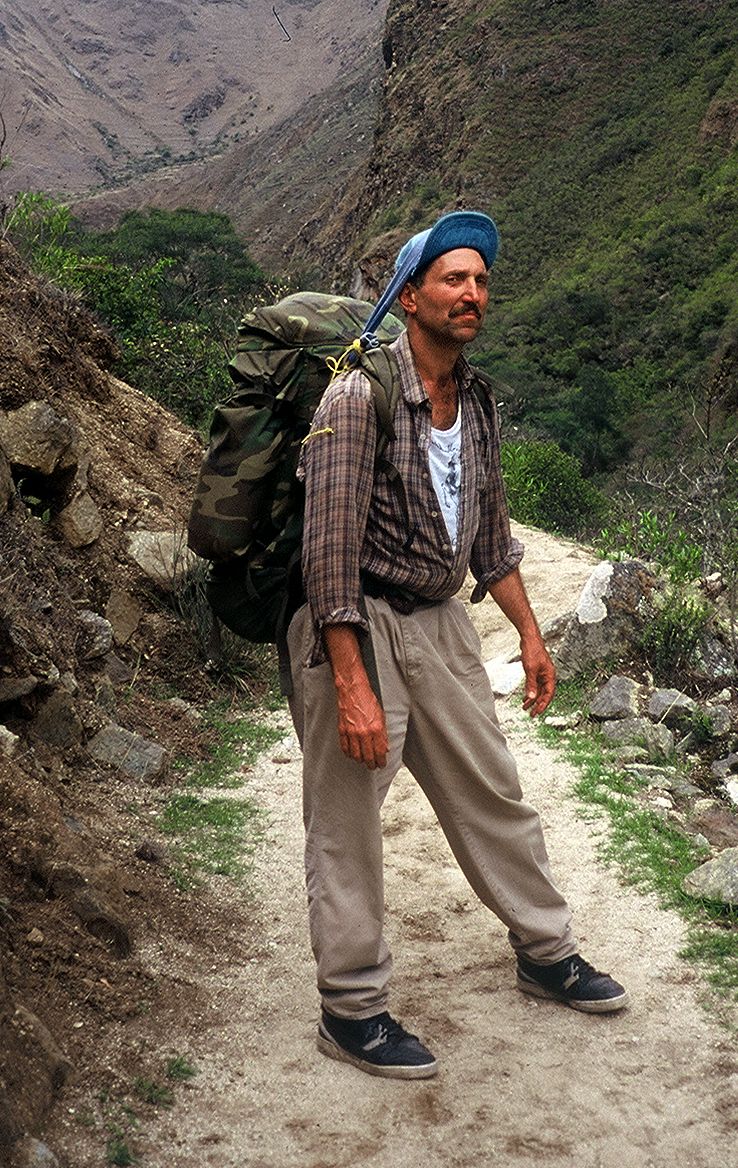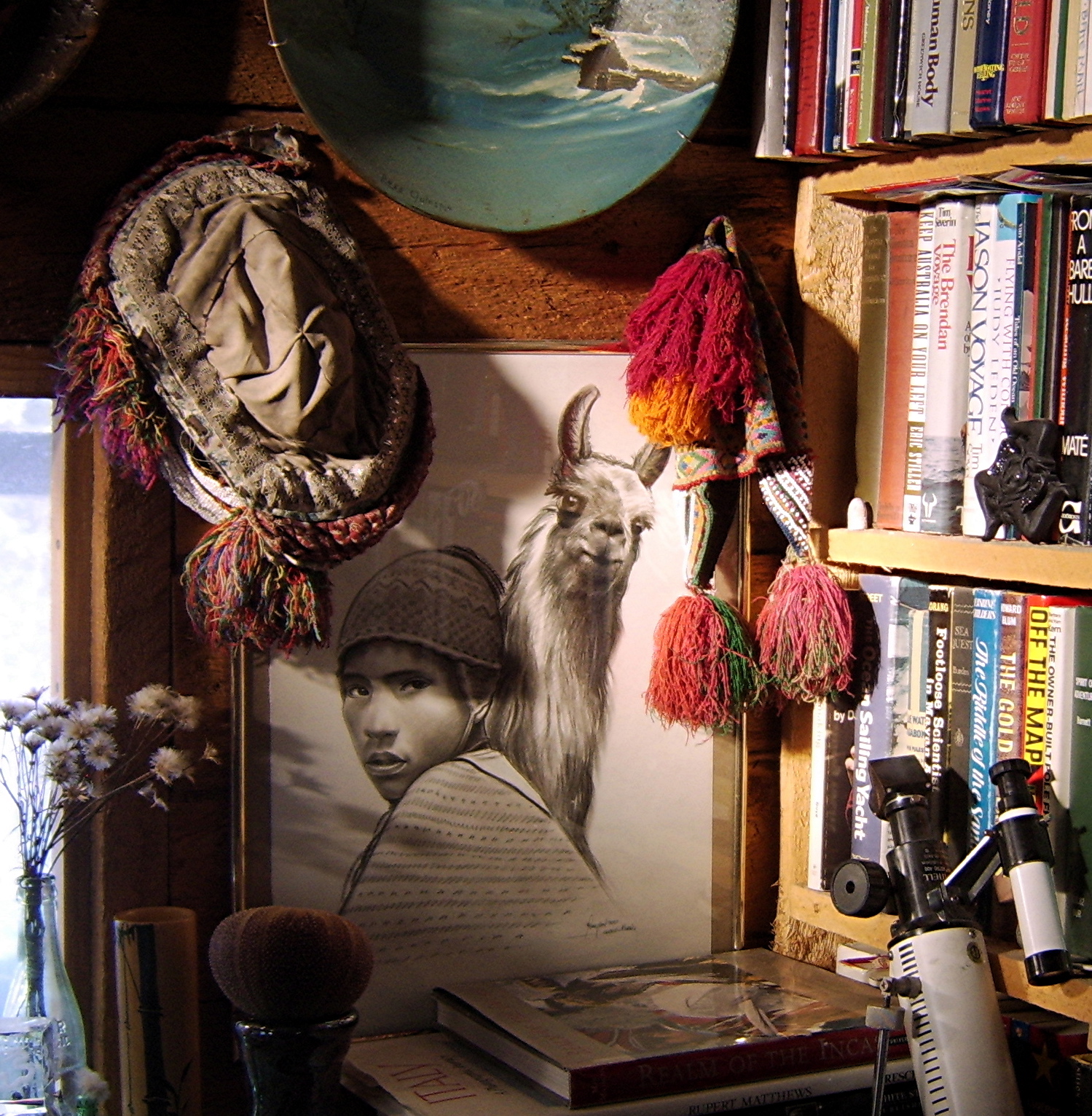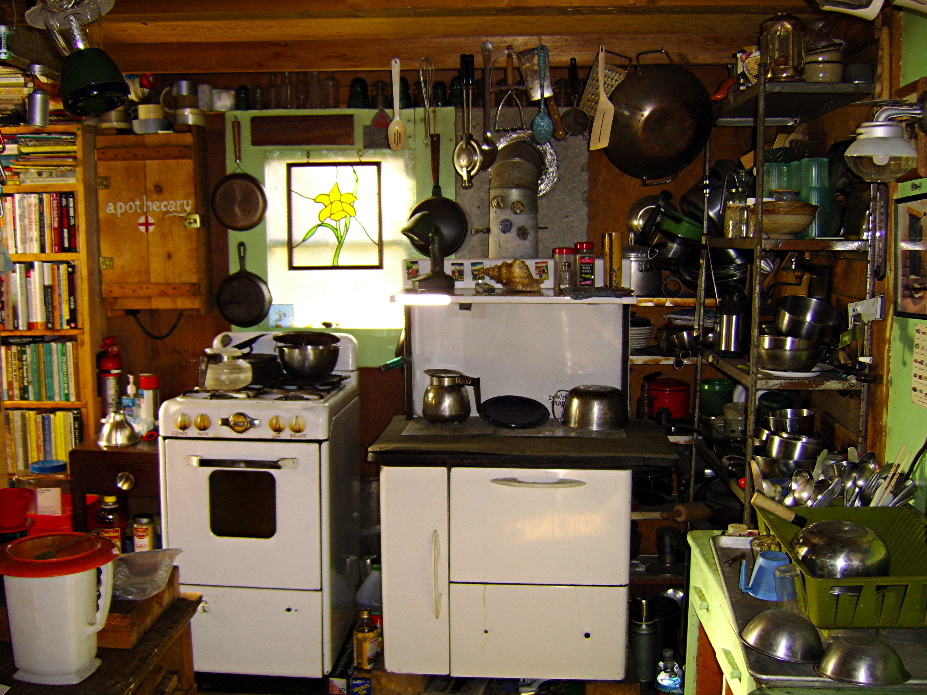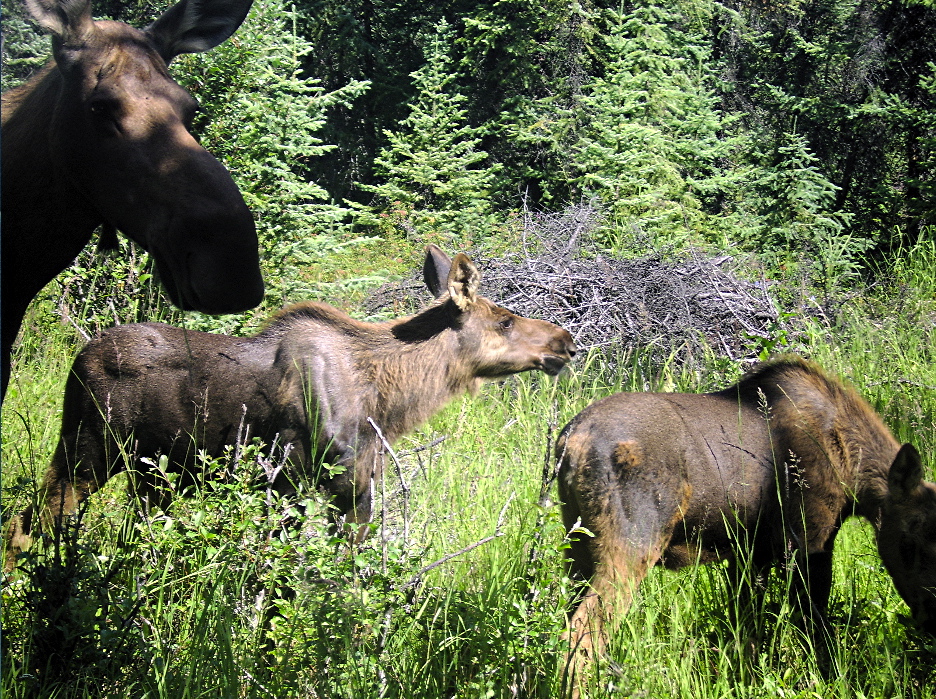Did a German Adventurer Discover Machu Picchu Before Hiram Bingham? An Interview with Paolo Greer (Part 1)
posted on July 15th, 2008 in Andes Mountains, Archaeology, Did a German Discover Machu Picchu?, Incas, Machu Picchu, Peru, Recent Discoveries
An Interview With Paolo Greer
Part 1
Note: Recently, a number of stories have emerged in the press alleging that a German adventurer and businessman, Augusto R. Berns, discovered and/or looted Machu Picchu decades before Hiram Bingham arrived at the now famous Inca site in 1911. The stories, for the most part, owe their origin to a 57-year-old American explorer and researcher named Paolo Greer, who claims that he has discovered old maps and other documents showing that Augusto R. Berns created a company, “Huacas del Inca,” or “The Inca Idols Company,” that “was formed to sack Machu Picchu.” In a recent article, Greer also stated that “Although Bingham was directed to Machu Picchu, not by Augusto Berns but by Albert Giesecke, the head of the University of Cuzco, Berns was probably the prospector Bingham had heard about, the one who had been to Machu Picchu decades before him.”
Since the publication of Greer’s article, various reporters have interviewed a number of people in Peru and elsewhere who have claimed to either have worked on Greer’s “research team” or else have accused Greer of having appropriated their work. To help clarify what Greer did or did not discover, and how and when he made his discoveries, the following is Part 1 of an interview with Paolo Greer… (KM)
1) Tell me a little about yourself. Where are you from, where did you grow up. Where did you go to school? What is your profession?
My folks were poor. We moved around a lot. So, I grew up here and there. My best childhood memories are from the years I spent with my Italian-Sicilian grandparents and Godfather in Independence, Missouri.
Except for a half year of high school in Rome, Italy, in the mid-1960s, my education was normal and rudimentary. I attended college, briefly, did well enough but gave it up to wanderlust and hit the road, crisscrossing the country while working at odd jobs.
I came to Alaska in 1972. I didn’t know anybody in the territory. It was winter. With what little money I had left, I purchased a ticket to Anchorage. The airline agent mentioned that there was a $5 special to stop over in Juneau.
I didn’t make it to Anchorage until years later.
I worked out of Southeastern Alaska as a merchant mariner.
In 1974, I took a notion to see South America.
When I returned to Alaska, I moved to Fairbanks.
I spent twenty-seven years as a union pipeline laborer, working mostly out of remote camps north of the Yukon River. I retired in 2001.
Of course, whenever I had a grubstake, I headed for the archives or went prospecting, usually in the high jungles of southeastern Peru.
(Above: Paolo Greer in a 1996 photo exploring in Peru)
2) The South American Explorer says you are an archaeologist. Are you an archaeologist?
The last thing I’d call myself is an archaeologist. I have also been described as a cartographer or geographer.
When an L.A. Times reporter recently phoned me, he started off with a maybe loaded question, “Dr. Greer?” I think he was concerned that I wasn’t a PhD or that he couldn’t Google a list of books I’d authored.
I would say ‘none of the above’ and, since I have always explored on my own nickel, I cannot call myself a ‘professional’. No one pays me to do what I do.
I am simply a researcher and an explorer, although in the last few years, the spirit is more willing than the flesh is able. I still make short trips into the jungle or mountains but I don’t carry the huge backpacks, machete in hand, like before.
3) When did you first go to Peru? And why did you go?
I first went to South America for ten months in 1974. I had the bug to travel and, despite my hearing loss, wanted to learn some Spanish.
General Velasco had staged a coup in Peru and I was a Gringo very-non-grata. So, I moved on to Chile, and landed in the far more brutal dictatorship of Pinochet, where freedom, and life itself, were tenuous.
After threes months in Chile, I fled to Argentina, where their ‘dirty war’ was just beginning.
Another escapade I attempted in 1974 was to descend the most remote Amazon tributary I could find, the Acre-Purus, by dugout. The only thing that saved my life was a small tugboat had found its way upriver and I bought passage when it returned to Manaus.
Frankly, I was lucky to survive that initial adventure south.
Since then, Peru has been my destination. I am still trying to figure out why, of so many countries in our hemisphere, Peru has had more advanced civilizations than all the rest, together.
A couple of weeks ago, I returned from my 13th journey to South America.
I average more than six months per trip.
4) When did you first get interested in the subject of the history of Machu Picchu and the Vilcanota River Valley?
To visit Peru and not wonder about Machu Picchu, someone would have to be oblivious to history altogether. There is, perhaps, nothing in the Americas that compares to that ‘lost city of the Incas’.
Machu Picchu is on the Vilcanota or upper Urubamba River.
5) How did you do your research? What methods did you use?
For starters, I suppose I should mention that I lack many of the normal ‘vices’. I am by no means a teetotaler or fundamentalist but I don’t smoke, gamble, watch television, listen to radio, play sports, or other common distractions.
As much as I like companionship (for me, friendship and a lucid conversation are about as good as it gets), I still live alone in an Alaskan forest.
I like to read. My cabin walls are almost all bookshelves.
(Above: the interior of Paolo Greer’s Alaskan cabin)
I have the time and inclination to do what I want to.
I also have the curiosity of a child, audacity born of a lifetime of misadventures and the temptation to see what I can get away with next.
Also, at 57 years old, I have a few scars to show for it.
I don’t want to live forever. I want to live now.
Granted, I know plenty of tougher, cleverer people than myself. Still, ‘prospecting’ is my way of life, even if it isn’t the ‘gold’ that I’m wanting, so much as the ‘finding’.
In time, I have developed a few of my own research methods.
Long before Google’s magic, the internet or even personal computers, I simply slugged it out in the archives. To research Peru, in general, and the upper Inambari River region, in particular, I traveled from Alaska to Washington, D.C., to the Library of Congress, seven times.
The Benson Latin American Archives in Austin, Texas, was another favorite and, in the late 1970’s, I spent more than three hundred hours there.
I have also devoted countless hours to numerous other collections in the U.S. and Peru.
In bygone decades, I lived by Xerox machine and spent the evenings trimming the blank borders off of my printouts so that the accumulated hardcopy would fit on a plane to Peru or Alaska. Since I seldom wear my hearing aid, I learned Spanish by reading the documents I’d found, not that it helped my pronunciation much.
(Above: another view of Greer’s cabin)
Although I have lived in my cabins since the 1970’s, without benefit of running water, electricity, internet or phone, I became computerized early on, when PCs were still new-fangled contraptions. I’ve attended 59 full days of MacWorld computer conventions and I keep a well-worn laptop with extra batteries handy.
One uncommon exploration technique I use quite a lot is satellite and aerial photography. I have my own manner of enhancing the photos, a bit involved to explain here, and after thirty years of practice I can usually spot anomalies that others cannot see.
In short, my methods are simply diligence, an awareness of the secrets old archives can tell, a penchant for maps and aerial photos, the ready facility of my Mac laptop, a fair understanding of internet resources, a good GPS (I have a terrible sense of direction) and an unquenchable hankering to be in the wilderness.
6) What was the first discovery you made that motivated you to pursue this line of research?
If you mean pre-Bingham Machu Picchu, I guess it started with a sketch of the Vilcanota River that I found in a Virginia archives in 1978. It was an 1870’s map of the present site of Aguas Calientes, just below the famous ruins, made by a Gringo prospector, ‘Poker’ Harry Singer.
That same year, 1978, I splurged on a huge book, listing most of the U.S. archives and their holdings. In it, I found a citation for an alleged mining operation, also on the Vilcanota.
On the other hand, in those years, I was still searching for ancient gold mines in the ‘Caravaya’ or Inambari region near the frontier of Peru with Bolivia, and Machu Picchu had to wait.
7) A lot of news has come out in the international press lately, both in Peru and abroad, about you having discovered proof that a German, Augusto R. Berns, visited and possibly looted Machu Picchu before Hiram Bingham arrived there in 1911. Much of the information has been garbled, or contradictory, and the number of people supposedly involved in this research has proliferated. Have you been working with a “team” of researchers? If so, who are they? If not, then why is it coming out in the press that you are working with a “team?”
‘Garbled or contradictory’ seem like polite euphemisms but you probably wouldn’t post my descriptions of some of the nonsense I’ve read since my article was released in the South American Explorers magazine in early June.
Nor is the word ‘discovered’ usually appropriate, especially in reference to a foreigner, or even a Peruvian from Lima, led to an ancient site by unnamed or seldom acknowledged local residents who never really forgot what was there.
Unfortunately, the same concept of false ‘discovery’ can be abused with intellectual property.
In short, there was no ‘team’, not before the media went to circus with my research or after. There was one friend, Alex Lusty, who offered to help me promote my article but that’s pretty much it.
However, it is a habit to share my work. I have burned hundreds of CDs, full of my personal archival gleanings, and given them away freely to almost anyone who asked. Since I am not a ‘professional’, I ignored the chance that others would publish my work as their own.
In fact, only several writers have but two in particular, one fellow in the States and another author in Lima, have rather disappointed me.
The first, an otherwise good researcher and fair writer, albeit with an affection for a purloined phrase, is making a deliberate effort to be a nuisance.
Then again, the Lima writer is known for her articles on Machu Picchu and has confederates in the national and international press.
She and an associate at one Lima newspaper, La Republica, both wrote editorials claiming that I stole from her what she got from me in the first place. She also contacted EFE, the Spanish news agency, Wikipedia, et cetera, etc.
It is difficult to defend against someone whose partners in crime buy their ink in 55-gallon drums or when Yahoo Noticias picks up the slander.
Ironically, I have this writer’s earlier articles, giving me credit for my research, as well as numerous emails expressing her ‘sincere gratitude’ for the information she is now pretending I got from her. Despite this or, in some cases, perhaps, because of it, none of her tabloid buddies have attempted to contact me. Nor, apparently, have they even read my original article, since the history and truth of it has escaped them.
Again, almost all of the historians I’ve met, in Peru or the U.S., were a pleasure to relate to.
Hopefully, other researchers, especially Peruvians, will build upon my meager beginnings and, finally, explain the unknown and largely ignored account of Machu Picchu before Hiram Bingham.
(Upcoming: Part 2)
(Below: Visiting Moose outside of Greer’s cabin)




